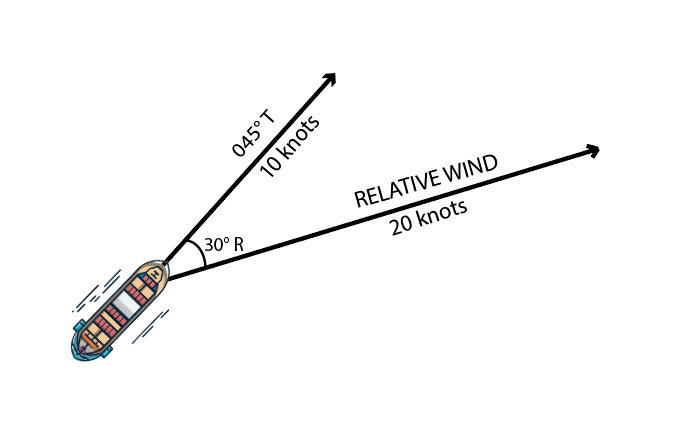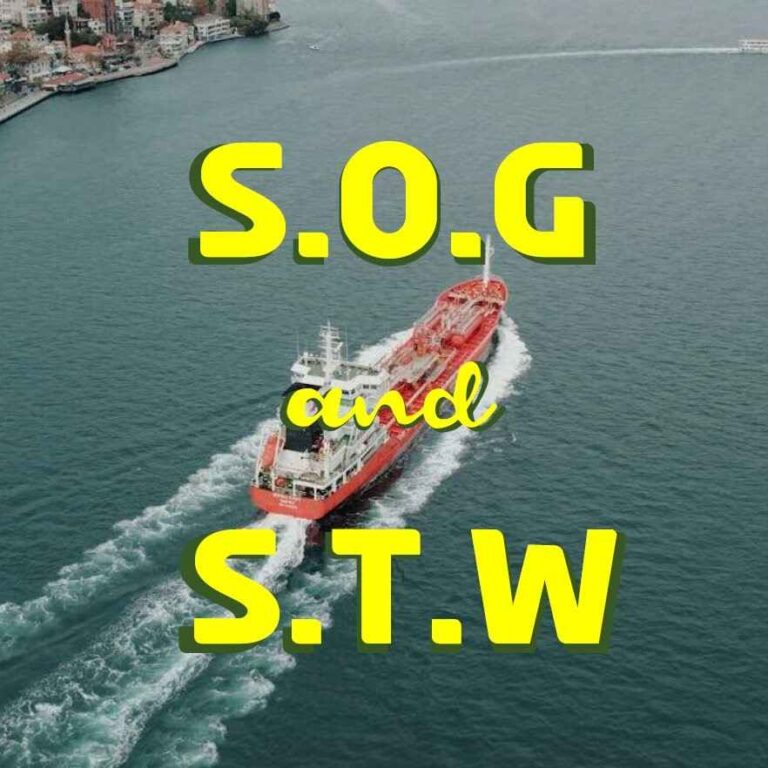Image Credit: IMO at sea
Marine radar is one of the most important and widely used equipment systems onboard ships. It is designed for detecting and tracking targets at a considerable distance, such as other vessels, landmasses, buoys, etc. It also helps to navigate safely in restricted visibility and avoid collisions.
In this blog, you will know the types of marine radar, some of the main features and functions, and as well as some tips on how to use it effectively and efficiently.
TYPES OF MARINE RADAR
There are two main types of marine radars onboard ships:
- S-band radar: S-band radar operates at a lower frequency than x-band radar. This means that s-band radar has a longer wavelength and can penetrate rain, fog, and sea clutter better than x-band radar. S-band radar can provide longer-range detection and more reliable tracking of large targets, such as ships, land masses, and coastlines. It is also less susceptible to interference from other sources of radio waves.
- X-band radar: X-band radar operates at a higher frequency (around 9 GHz) than s-band radar (around 3 GHz). This means that x-band radar has a shorter wavelength and can provide higher resolution and sharper images. X-band radar is more sensitive to small targets, such as buoys, fishing boats, and icebergs. It is also more affected by rain, fog, and sea clutter, which can reduce its range and accuracy.
Both X-band radar and S-band radar have their advantages and disadvantages for different situations. Therefore, most ships have both types of radars onboard to complement each other and provide a comprehensive picture of the surrounding environment.
MAIN COMPONENTS OF MARINE RADAR
A typical marine radar consists of three main components: an antenna, a transmitter/receiver unit, and a display unit. The antenna rotates continuously and emits radio waves that are reflected by any object in its path. The transmitter/receiver unit processes the reflected signals and calculates their range, bearing, speed, and course relative to the own ship. The display unit shows the radar picture on a screen, which can be either cathode ray tube (CRT) or liquid crystal display (LCD).
Modern marine radars are also integrated with ARPA or Automatic Radar Plotting Aid which is responsible for tracking the movement of other vessels and predicting their future course and speed. It can also calculate the closest point of approach (CPA) and time to closest point of approach (TCPA) to determine potential collision risks.
Some of the main features of marine radar with ARPA integration are:
- Range scale: This is the maximum distance that the radar can cover. It can be adjusted by using the range key on the keyboard or by selecting from a menu on the screen. The range scale determines the size and resolution of the radar picture.
- Range rings: These are concentric circles that divide the radar screen into equal intervals. They help to measure the range of a target by counting the number of rings between the center of the display and the target echo.
- Variable range marker (VRM): This is a dashed circle that can be moved by using a scroll wheel or a trackball. It gives more accurate range measurements than range rings by touching the inner edge of the target echo.
- Electronic bearing line (EBL): This is a straight line that extends from the own ship’s position to any point on the screen. It gives more accurate bearing measurements than compass rose by aligning with any target echo.
- Parallel index line (PI): This is a dashed line parallel to EBL that indicates how far off course or off-track own ship is from its intended course or track.
- Heading marker: This is an arrow at 0°T on top of EBL that shows own ship’s heading relative to true north.
- Course over ground (COG) vector: This is an arrow at own ship’s position that shows own ship’s course over ground relative to true north.
- Speed over ground (SOG) vector: This is an arrow at own ship’s position that shows own ship’s speed over ground relative to true north.
- True motion mode: This is a mode where own ship moves across the screen while targets remain stationary relative to true north.
- Relative motion mode: This is a mode where own ship remains stationary at the center of the screen while targets move across it relative to own ship.
HOW TO USE MARINE RADAR EFFECTIVELY
Marine radar can provide valuable information for safe navigation and collision avoidance if used properly.
Here are some tips on how to use marine radar effectively:
- Adjust gain control: Gain control adjusts the sensitivity of the radar receiver. It should be set so that background noise is just visible on screen without obscuring weak echoes from small targets or distant targets.
- Adjust sea clutter control: Sea clutter control reduces unwanted echoes from the sea surface caused by waves or swell. It should be set so that sea clutter does not interfere with target detection near the horizon or close range.
- Adjust rain clutter control: Rain clutter control reduces unwanted echoes from precipitation caused by rain or snow. It should be set so that rain clutter does not interfere with target detection in areas affected by weather conditions.
- Select appropriate range scale: Range scale should be selected depending on prevailing circumstances and conditions such as traffic density, proximity to the coastline, visibility etc. A longer range scale provides advance warning of approaching targets while shorter range scale provides better resolution for close-range targets.
- Use VRM and EBL for accurate measurements: VRM and EBL provide more accurate measurements than fixed range rings and compass rose for target’s range and bearing respectively. They also help to determine if there is a risk of collision by checking if the bearing remains constant with decreasing range.
- Use PI line for course keeping: PI line helps to keep own ship on its intended course or track by showing how far off it deviates from it due to wind, current etc. It also helps to estimate closest point of approach (CPA) with other vessels by showing how much clearance there will be between them at crossing situation.
COMMON PROBLEMS ON MARINE RADAR
Marine radar is not without its challenges and limitations. Some of the problems that can affect the performance and accuracy of marine radar are:
- Clutter: Clutter refers to unwanted echoes or noise on the radar screen that can obscure or confuse the real targets. Clutter can be caused by various factors, such as rain, snow, fog, sea waves, birds, insects, interference from other radars or electronic devices, etc. To reduce clutter, the radar operator should adjust the gain control (sensitivity) so that only the relevant echoes are visible on the screen. The operator should also use filters or suppressors to eliminate specific types of clutter.
- Blind zones: Blind zones are areas where the radar cannot detect targets due to physical obstructions or limitations of the antenna. For example, blind zones can occur behind tall structures (such as masts or funnels), below or above the horizon (due to earth’s curvature), or close to own ship (due to minimum range). To avoid blind zones, the operator should use different range scales or switch between X-band (shorter wavelength) and S-band (longer wavelength) radars if available.
- False echoes: False echoes are misleading signals that appear on the radar screen but do not correspond to real targets. False echoes can be caused by various factors, such as reflection from land features (such as mountains or buildings), refraction from atmospheric layers (such as inversion or ducting), multipath propagation (when radio waves bounce off more than one surface), etc. To identify false echoes, the operator should compare them with visual observations or other sources of information (such as AIS or VHF).
- Shadow sectors: Shadow sectors are areas where a target is hidden from view by another target that is closer to own ship. For example, a small boat behind a large ship may not be visible on radar due to shadowing effect. To avoid shadow sectors, the operator should use different bearing lines or electronic bearing lines (EBLs) to measure the relative bearings of targets from own ship.
- Sea return: Sea return is a type of clutter that occurs when radio waves reflect off sea surface due to rough weather conditions or high wind speed. Sea return can mask small targets near own ship or create false targets at longer ranges. To reduce sea return, the operator should adjust sea clutter control (STC) which reduces sensitivity at short ranges.
Even though the presence of these problems, marine radar is still very reliable equipment onboard ships. Its advantages outweigh its limitations, making it one of the most valuable types of equipment that aid in navigation and also help improve overall situational awareness for mariners.





